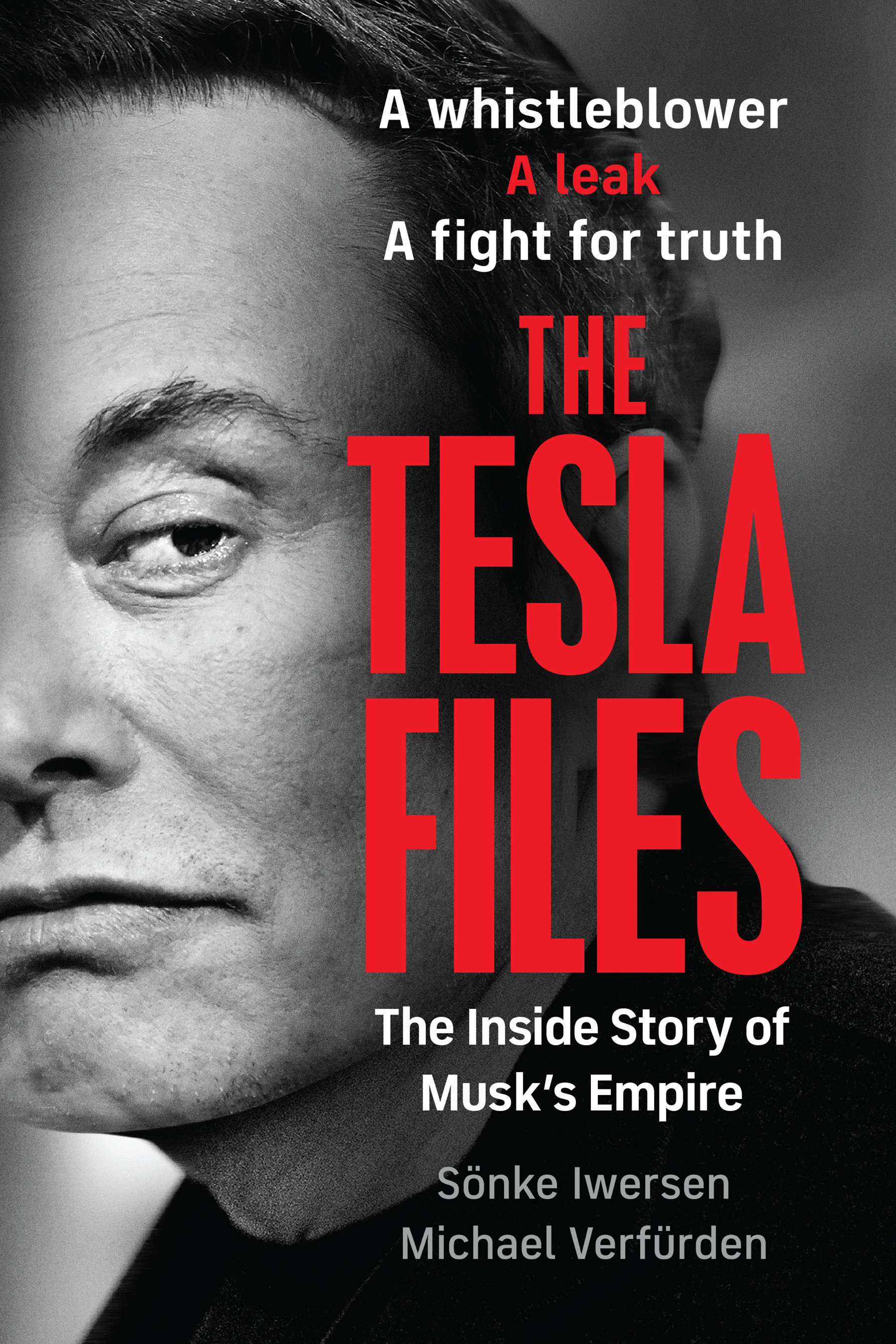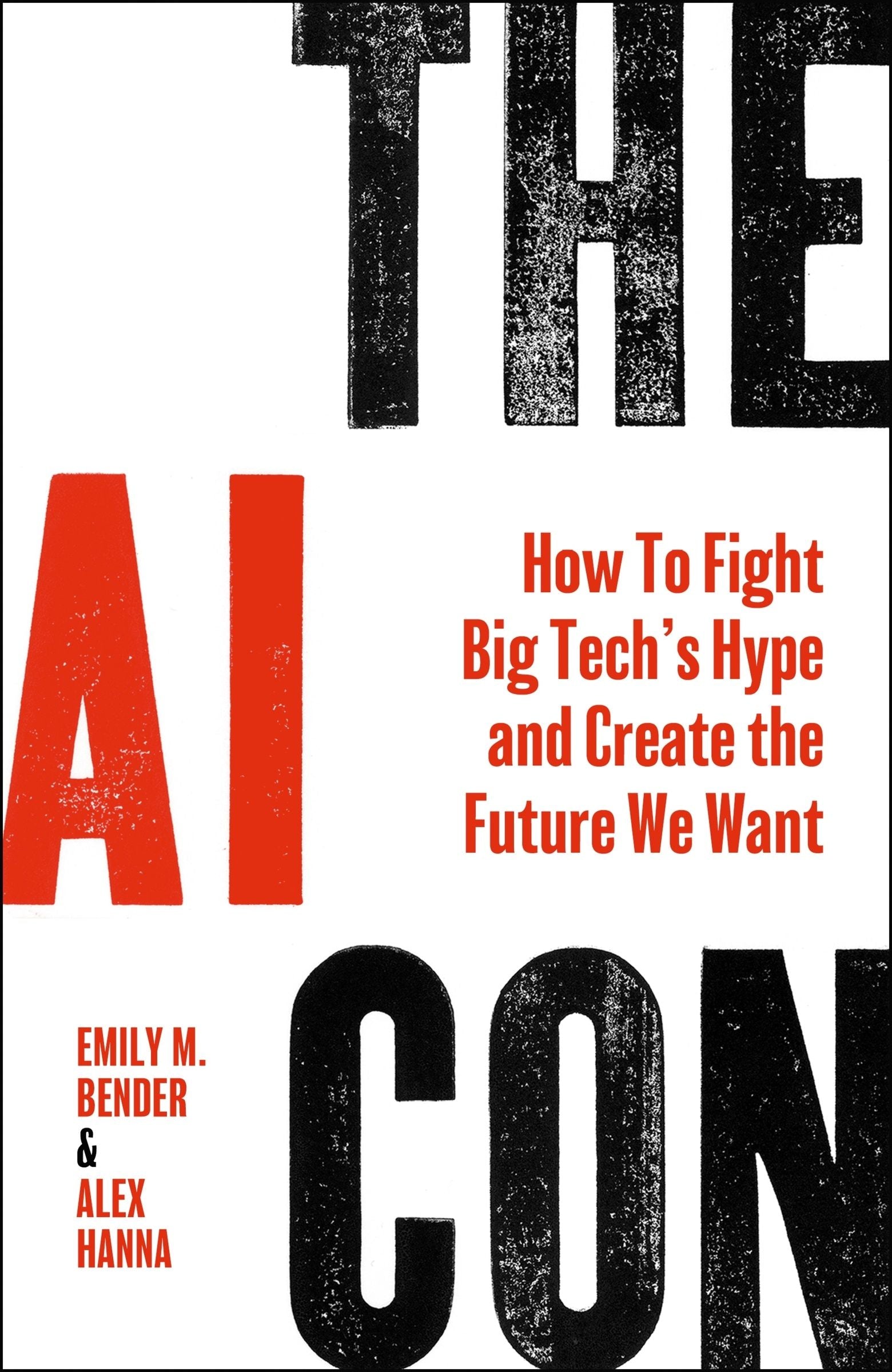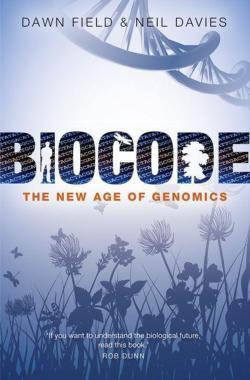0.1 Introduction to Biocode
Biocode, by Field and Davies, might better be structured in two parts. Its first four chapters present the reader with what may be termed a minimal bootstrapping into the world of genetics in a broad sense. The second four chapters detail the scaling opportunities for genetic technology, showcasing how such technologies have insights to offer from the microbial world all the way to the entire planet.
The first part provides the reader with a layman’s introduction to genetic technology in its first chapter, “DNA,” a non-critical overview of real and potential commercial uses in its second chapter, “Personal Genomics,” a poor attempt to prod the ethics of the field in its third chapter, “Homo Evolutis,” and an incomplete treatment of bioinformatics in its fourth chapter, “Zoo in My Sequencer.” As evidenced by this author’s choice of adjectives, I find this part of the book deficient. The second part is somewhat more linear, documenting the scientific potential available at four distinct levels of investigation: first the genomes of microbiomes are investigated in chapter five, “No Organism Is an Island,” then the genomes of a single biome in chapter six, “Terra-Genoming,” then the genomes of interacting biomes in chapter seven, “We Are All Ecosystems Now,” and finally the genomes of the planet as a whole in chapter eight, “Biocoding the Earth.” It is here that the book most excels in showcasing the promise of genomics for humanity.
0.2 Shaky Technical Comparisons
Chapter one is littered with comparisons to computer technology that this recovering computer and software engineer – that is presently studying microbiology and the world of DNA – had to wince at. One such claim is that “DNA storage might be a way to keep pace with ‘big data’ ” (Field & Davies, 2015, p. 3). While the potential storage capacity of DNA is large with respect to physical space – and handily outperforms other storage media on a bytes-per-volume basis – the “big data” to which the authors refer must also be highly and quickly available. Read speeds of DNA sequencers, even in 2024[1], presently take hours to handle megabytes, while the read speeds of contemporary solid state drives, by comparison, can easily read gigabytes in seconds.
The authors also make the wild claim that “DNA offers a future-proof technology” (Field & Davies, 2015, p. 5). This is contradicted later in the text while examining the half-life of DNA: “Even under the best preservation conditions on earth, however, such as the frozen tundra, DNA is likely to be completely destroyed by 6.8 million years” (Field & Davies, 2015, p. 67). Perhaps the authors intended to refer to DNA sequences that replicate over time, rather than sequences stuck in situ. However, heredity implies mutation, threatening the integrity of encoded information; the species carrying the information may also die out. Innis gives an excellent treatment of the balancing act between optimizing communication for long time periods, versus optimizing communication for broad reach, in The Bias of Communication (Innis, 2008). DNA, like all communication mediums, cannot optimize for both. There is no “future-proof” communication medium.
0.3 Shallow Philosophy
In chapter two, “Personal Genomics,” the authors uncritically reinforce the idea that intelligence is measurable via IQ testing: “To investigate the genomic basis of intelligence, BGI is working ... to sequence [a] collection of 2,000 people with IQ scores of at least 160—that is, four standard deviations above the mean” (Field & Davies, 2015, p. 31). This idea is hotly contested, most famously by Gould (Gould, 2006;2008).
In chapter three, “Homo Evolutis,” the authors attempt to side-step the philosophical questions concerning designer babies: “Maybe the best way to avoid the moral dilemma of having to select between embryos is to select an optimal partner in the first place” (Field & Davies, 2015, p. 46). Even a single class in philosophy should teach that this is no avoidance at all. Shifting from picking embryos to picking partners is just as fraught (and indeed even covered explicitly in Gattaca, the 1997 movie that the authors cited when breaching the topic of designer babies in the first place).
0.4 Glaring Omissions
Missing from the work are ethical and political considerations for the field. At best, the authors Gish Gallop[2] at any point where such considerations arise, flooding the reader with rhetorical questions:
What actions should we take based on the word of the genomic oracle? How sure can we be? How much information can we currently glean? In the short term: perhaps not too much. (Field & Davies, 2015, p. 35)
Do we owe our children good genes if we can provide them? Might a lawyer one day argue that deliberately not giving them the best genes available is a form of abuse? (Field & Davies, 2015, p. 47)
Would it ever be socially acceptable, though? Is the concept more like the dystopian movie world of Gattaca or a future ’genomic love’ paradise? Will genomic matchmaking dampen the fires of romance or open the door to perfect love? (Field & Davies, 2015, p. 49)
These “just asking questions” exercises typically belie – or in the first case, outright state via a qualifying “in the short term” caveat – a subtextual support for a transhumanist philosophy; scientific inquiry and its concordant engineering efforts are presumed infallible, or at least good-by-default; Science is Progress. Such an interpretation remains divorced from the broader ethical and political contexts in which the science and engineering occur, and is poorer for it. In other cases, the authors fail to even mention associated ethical concerns, as is the case when stem cell research by Sir John Gurdon is mentioned and then ignored as quickly (Field & Davies, 2015, p. 41).
Another glaring omission is in the authors’ treatment of HeLa cells. The authors expend three pages discussing the case of Henrietta Lacks, but never mention her race (she was black) and give no space to discussions of the medical racism that underpinned her mistreatment as well as others during the time period (Field & Davies, 2015, pp. 37–39).
0.5 Uncritical Praise
The extensive fawning over characters like Craig Venter complements Biocode’s subtextual endorsement of transhumanism and bears an uncanny resemblance to the cults of personality surrounding fictional transhumanist characters such as Ted Faro[3] from the Horizon Zero Dawn video game, or Hugh Darrow[4] from the Deus Ex: Human Revolution video game. Venter himself even reviewed the book, his endorsement emblazoned on the back cover.
As a former software engineer, the authors’ hopes in Big Tech – and especially companies like Facebook and Google[5] – is particularly misplaced when viewed through the lens of a decade of hindsight into the mess that surveillance capitalism has wrought. 23andMe has been presented as a success story[6], a particularly tragicomical specimen in light of its more recent financial troubles, and questions over ownership of the genetic data should it go bankrupt: “23andme [is] facing bankruptcy and may sell its customers’ genetic data to the highest bidder” (Purtill, 2024).
0.6 Licensing and its Consequences
A terrible consequence of shirking ethical and political concerns, and of eschewing adversarial evaluations of power and influence, is the resulting privatization of profit upon the back of public investment. Such a state of affairs impoverishes the many for the benefit of a few, no matter the field of application. The internet, built by public institutions, is now dominated by the private sector at the expense of the public good. Medications, developed on the back of billions of dollars in public funding, receive patents guaranteeing exclusive right to profit without respect to patient ability to pay. Billions in subsidies of all types transfer wealth from the working class to the ruling class.
Indeed, if we are to reify the comparison of genetic code to software, then that field has already experienced the consequences of allowing for-profit actors to dictate the terms and conditions upon which users of its software are bound. In response, ethically and politically minded remedies have already been proposed and adopted widely. Most notable is the Free Software Foundation (FSF), whose founder, Richard Stallman, famously centered the users of software, rather than the developers, in his analysis, and in so doing, found “four essential freedoms” that the user must have and that prevent software respecting them from being “an instrument of unjust power” (Stallman, 2015, p. 3):
- The freedom to run the program as you wish, for any purpose (freedom 0).
- The freedom to study how the program works, and change it so it does your computing as you wish (freedom 1). Access to the source code is a precondition for this.
- The freedom to redistribute copies so you can help your neighbor (freedom 2).
- The freedom to distribute copies of your modified versions to others (freedom 3). By doing this you can give the whole community a chance to benefit from your changes. Access to the source code is a precondition for this.
The practical tool of this ideology is a software license, enforceable via copyright law, called the GNU General Public License (GPL) (“GNU General Public License”, 2007). Like the Tree of Life, nearly all software is an amalgamation of many parts, copied from many places. Software licensed under the GPL becomes “viral,” in that any copying of the software must, itself, respect the terms of the license (including the four freedoms).
Genomes licensed in such a manner would not preclude commercialization; they would merely preclude taking without giving back. Genomes licensed in such a manner would ensure the continued availability of the “source code” in the age of synthetic biology. Indeed, Biocode’s authors do seem to recognize the peril of a sudden loss in the sharing of genomic data in their final words: “this grass-roots Planetary Genome Project will run to the four corners of the earth and advance to the degree that data is shared, pooled, and interpreted.” (Field & Davies, 2015, p. 150). A pity then, that they proposed no mechanism to preclude such a disaster.
0.7 Conclusion
Between the overly optimistic predictions, uncritical acceptance of a transhumanist framing of biomedical engineering, and lack of an adversarial approach to evaluation of the field and its front-runners, I find the book lacking. It is perhaps a sufficient technical introduction to the field and its growth in the 2010s, but otherwise woefully inadequate. I see the nascent optimism of authors Field and Davies and raise them an equal dose of pessimism, administered one decade later.
If genetics truly is the “source” code of life, and our existing licenses for such source code are truly so “permissive” (or even non-existent) then our species is in very sorry shape indeed. To avoid a cyberpunk future, I implore and entreat that scientists take inspiration from nature’s viruses, and adopt viral, copyleft licensing for the planet’s biocode. The biocode must belong to everyone, lest it become yet another tool of oppression. ”Free Biocode, Free Society,” as it were[7].
Footnotes:
[1] Presently, read speeds of the human genome, a mere 700–800 megabytes in its base-four nucleotide encoding, are measured in hours and days (Sanger Science, 2024)
[2] A rhetorical technique of quickly posing several arguments or facts or questions with the intent of overwhelming, coined after its namesake, creationist Duane Gish of the Institute for Creation Research (ICR), by anthropologist Eugenie Scott of the National Center for Science Education (NCSE), following debates between the two concerning creationism and evolution (Scott, 1994).
[3] CEO of a robotics company whose robots consume biomass as emergency fuel and eventually become self-aware, ignoring commands from their former human owners and engaging in a mindless spree of consuming the entire planet (Ted Faro, 2024).
[4] A disabled philanthropist that develops compromised “augmentations” that are secretly programmed to induce mass psychosis on Darrow’s command (Hugh Darrow, 2024).
[5] The authors go so far as to nonchalantly suggest that a ”genomic ’Facebook’” might one day exist, without casting any skepticism or aspersion toward that idea at all (Field & Davies, 2015, p. 26).
[6] The authors call it “the most famous personal DNA sequencing company in the world” that “[boasts] a customer base of over 400,000” (Field & Davies, 2015, p. 26).
[7] A reference to a collection of essays, written by Richard Stallman and published by the Free Software Foundation, of a similar title (Stallman, 2015). In particular, the essay titled “Why Open Source Misses the Point of Free Software” provides a compelling case for why viral copyleft licensing of source code is preferable to permissive, so-called “open-source,” licensing (Stallman, 2015, pp. 75–82).
Works Cited:
Field, D., & Davies, N. (2015). Biocode : the new age of genomics (First edition.). Oxford University Press. Retrieved November 7, 2024, from libgen.li/file.php?md5=d6c41b7d322da01d09911283d13b0364
GNU General Public License. (2007, June 29). Free Software Foundation. www.gnu.org/licenses/gpl.html
Gould, S. J. (2006;2008). The Mismeasure of Man (Revised and expanded, with a new introduction). W. W. Norton; Company. libgen.is/book/index.php?md5=56725BF9FD2CDD9852A7AC18BE4B
Hugh Darrow. (2024). Retrieved November 7, 2024, from web.archive.org/web/20240713220317/deusex.fandom.com/wiki/Hugh Darrow
Innis, H. (2008). The Problem of Space. In The Bias of Communication (2nd, pp. 92–131). University of Toronto Press. Retrieved November 7, 2024, from gen.lib.rus.ec/book/index.php?md5=d32fb332d54e752a6dec8f4ba8c1a46f
Purtill, J. (2024). 23andMe is on the verge of bankruptcy. It may be too late to delete your genetic data. ABC Science. Retrieved November 7, 2024, from web.archive.org/web/20241108053156/www.abc.net.au/news/science/2024-10-17/23andme-genetic-data-privacy-bankrupt-dna-test-ancestry/104455816
Sanger Science. (2024). Genomics gets faster, cheaper, and more accurate. Sanger Institute. Retrieved November 7, 2024, from web.archive.org/web/20240501181535/sangerinstitute.blog/2024/02/29/genomics-gets-faster-cheaper-and-more-accurate/
Scott, E. (1994). Debates and the Globetrotters. The TalkOrigins Archive. Retrieved November 7, 2024, from www.talkorigins.org/faqs/debating/globetrotters.html
Stallman, R. (2015). Free software free society: selected essays of Richard M. Stallman (3rd). Free Software Foundation. Retrieved November 7, 2024, from www.gnu.org/doc/fsfs3-hardcover.pdf
Ted Faro. (2024). Retrieved November 7, 2024, from web.archive.org/web/20240908043445/horizon.fandom.com/wiki/Ted Faro
Hashtags:
#DeusEx #DeusExHumanRevolution #HorizonZeroDawn #hzd #Biocode #bioinformatics #dna #genetics #FreeSoftware #rms #RichardStallman #FreeSoftwareFoundation #gpl #copyleft #MedicalRacism #transhumanism #CraigVenter #capitalism #SurveillanceCapitalism #gattaca #genome





